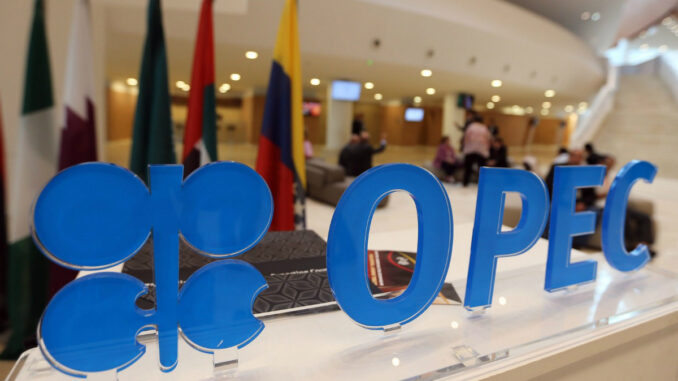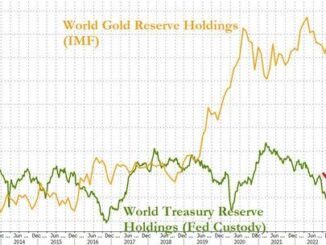
Summary
LONDON, Feb 10 (Reuters) – Oil may resume its rally in 2023 as Chinese demand recovers after COVID curbs were scrapped and lack of investment limits growth in supply, OPEC country officials told Reuters, with a growing number seeing a possible return to $100 a barrel.
In 2022, oil soared above $100 for the first time since 2014 as demand recovered from COVID-19 lockdowns in much of the world and Russia’s invasion of Ukraine added to supply concerns. But Brent crude ended the year close to $86 on fears of global recession.
A move back above $100 for a prolonged period would earn more revenue for OPEC members, whose economies mostly depend on oil income, and be a setback for industrialised economies trying to control inflation and interest rates.
To support the market, the Organization of the Petroleum Exporting Countries and allies including Russia, known as OPEC+, in October agreed to cut production by 2 million barrels per day, about 2% of world demand.
After 2022’s volatility, which sent Brent crude close to its all-time high of $147 soon after the Ukraine war began, so far in 2023 Brent is up slightly at just over $86, helped by Russia’s plan to cut output in March.
OPEC and OPEC+ do not publish oil price forecasts and do not have a price target. Officials and ministers from OPEC and OPEC+, are often reluctant to discuss the direction of prices on the record.
In rare public comments on Feb. 8, Iran’s national representative to OPEC, Afshin Javan, said oil may rebound to around $100 in the second half of the year, adding that OPEC+ was likely to keep its current output policy at its next meeting.
Reuters spoke privately to five more OPEC country officials about the prospect of $100 oil. Of these, three saw oil as more likely to rally in 2023 than decline, with two predicting prices heading back to $100.
“It should be said that the shadow of the energy crisis will continue to dominate the world and the general trend of global oil prices will increase,” said one of the OPEC sources.
“In my opinion, the return of Brent crude to above $100 at some time in 2023 is not unexpected.”
Consensus in the industry currently is for lower prices in 2022. A Reuters survey of 30 economists and analysts forecast Brent would average $89.37 a barrel in 2023, down from $99 in 2022. Goldman Sachs lowered its 2023 Brent forecast to $92.
The sudden lifting of China’s COVID restrictions is likely to boost oil demand growth in 2023, after the country was estimated to have posted a small decline in 2022 for the first time in years.
While non-OPEC producers are still expected to pump more in 2023, the forecast of an increase of 1.5 million bpd falls short of expected demand growth of 2.2 million bpd, according to OPEC forecasts.
“Even with the additional supplies coming from here and there, still the market will witness a lack of supply compared to the demand,” another OPEC source said. “There is more upward than downward pressure on the market.”
NO ACTION OVER RUSSIA
The OPEC+ cut agreed in October applies for the whole of 2023. The head of the International Energy Agency, Fatih Birol, on Feb. 5 urged producers to reconsider their output policies “if demand goes up very strongly.”
So far they have no plan to change direction. Key OPEC+ ministers at a Feb. 1 meeting endorsed the existing policy, after which a source said the key message was OPEC+ is staying the course until the end of the deal.
Two OPEC+ delegates told Reuters on Friday that OPEC+ plans no action after Russia announced output cuts.
Another OPEC source agreed that prices may head back to $100 in 2023, although the prospects for economic growth were the main risk.
“Everything will depend on the economy – if there is improvement in China of course, we will maybe arrive back to$100,” he said. A crude price between $85 and $100 is “good for everybody,” he added.
The IEA, which represents 31 countries including top consumer the United States, did not immediately reply on Friday to a request for comment on what $100 oil would mean for its members. In November, Birol said $100 oil was a real risk for the global economy.
As well as recession risks, those OPEC sources who envisage lower prices in 2023 said it was unclear how much demand would come from China and whether it would impose lockdowns again to contain COVID flareups.
“There are still uncertainties about economic growth, inflation and China’s reopening,” said the second OPEC source who sees lower prices this year.
Share This:



